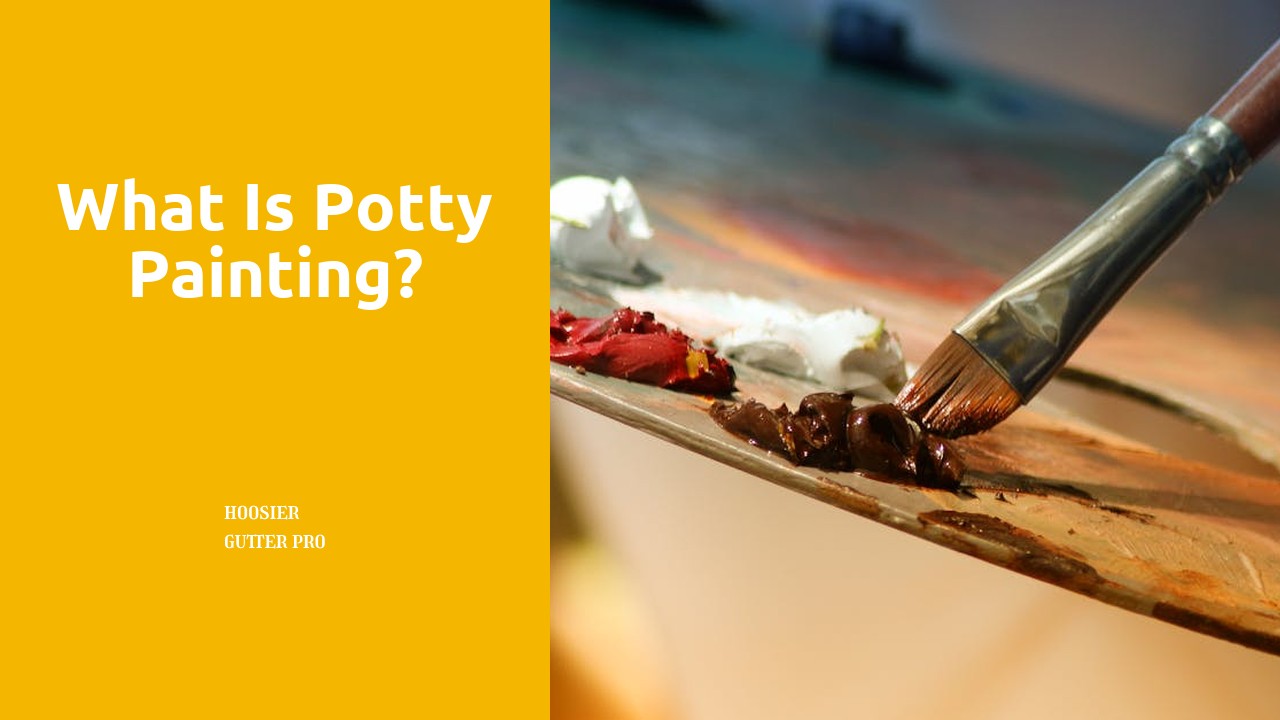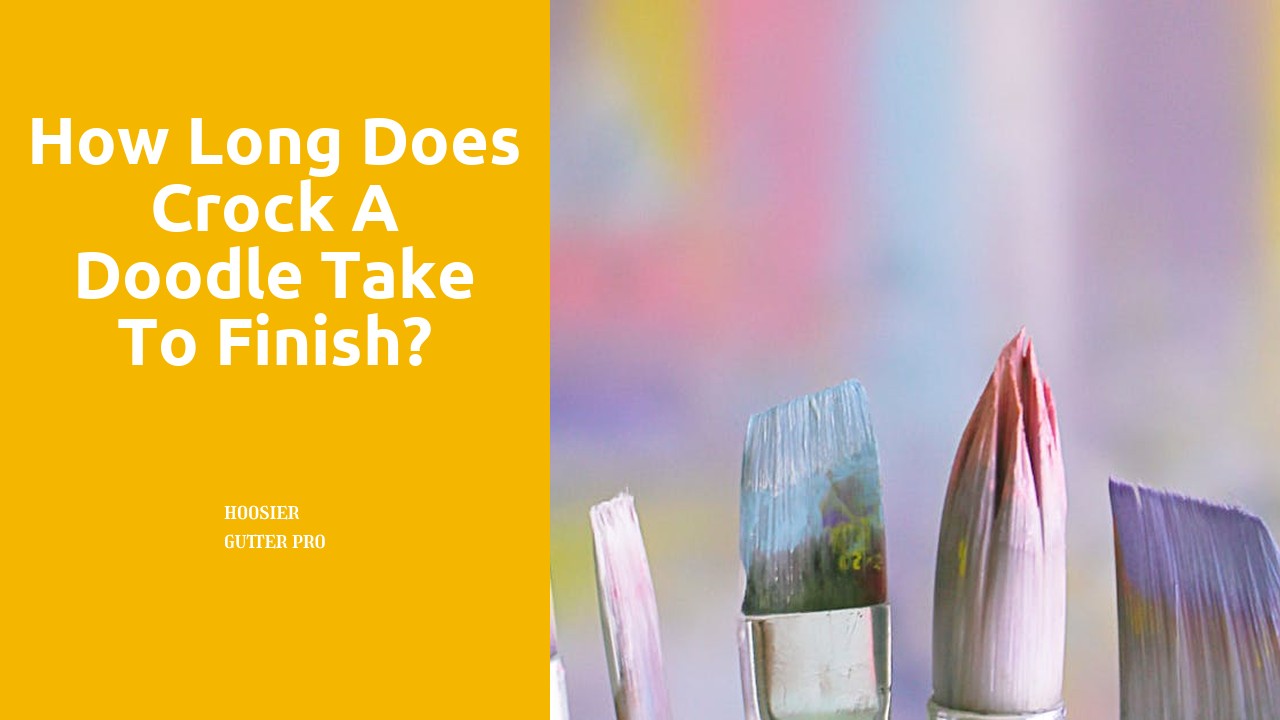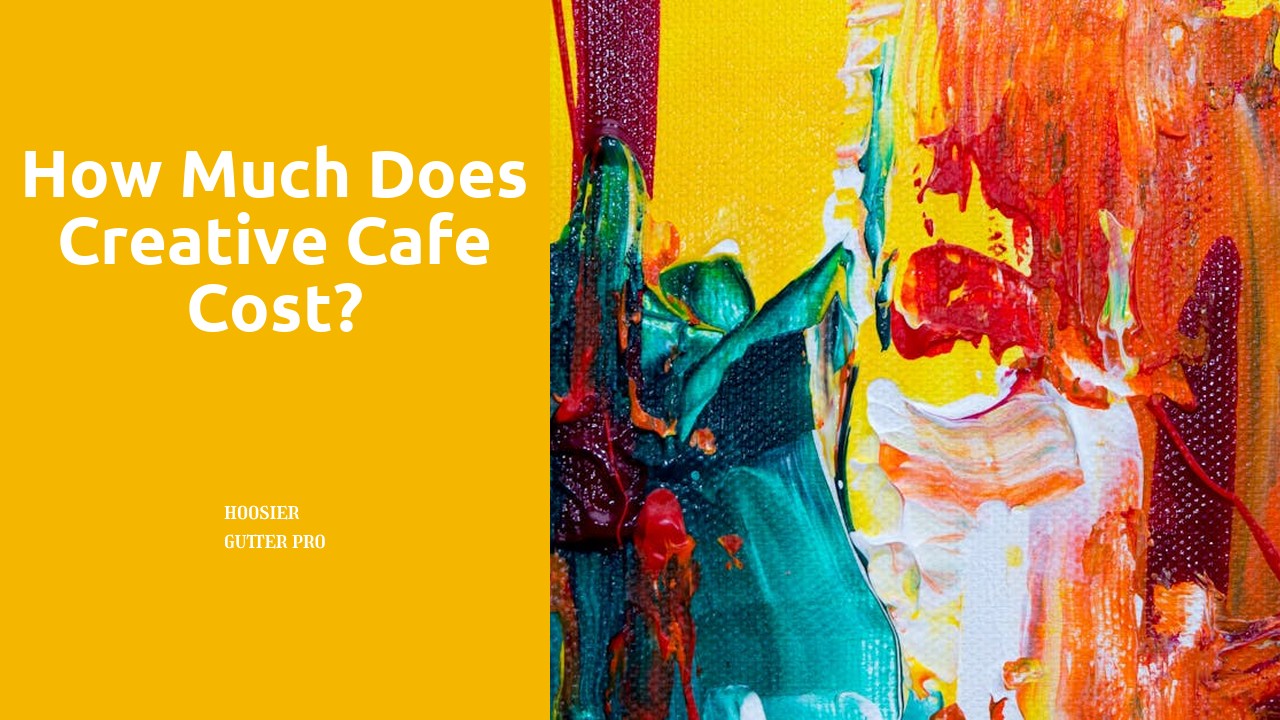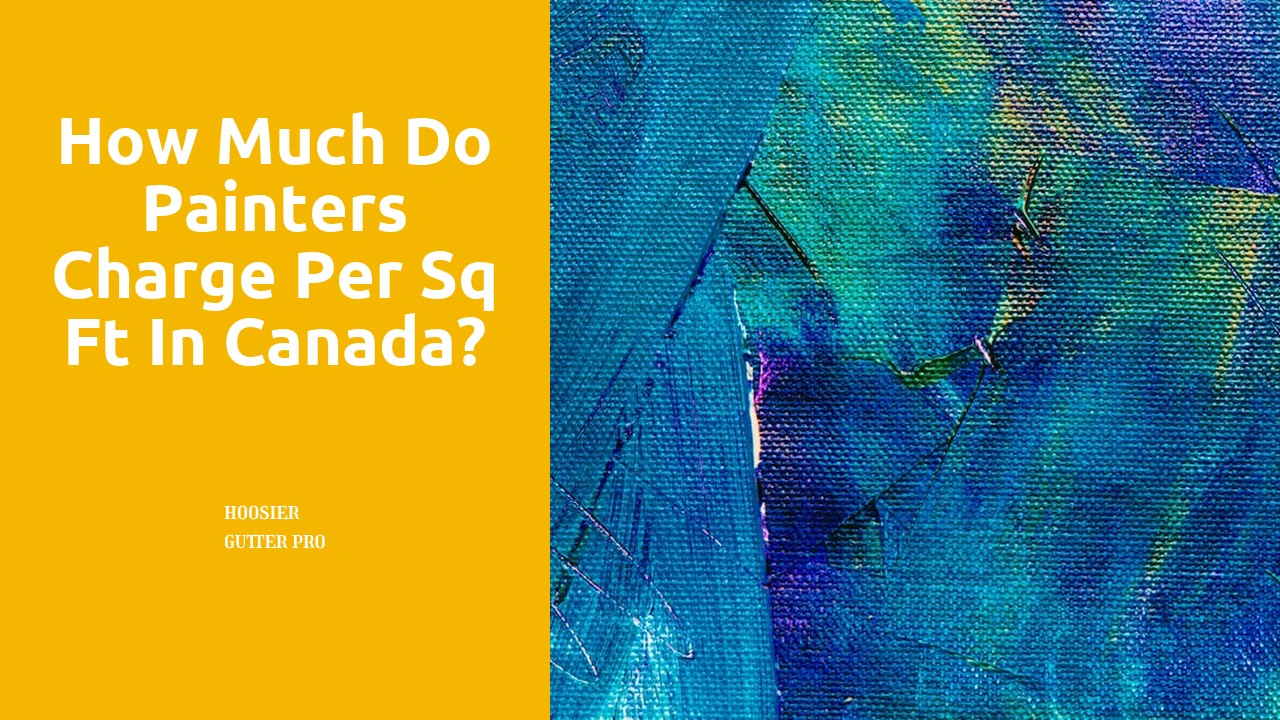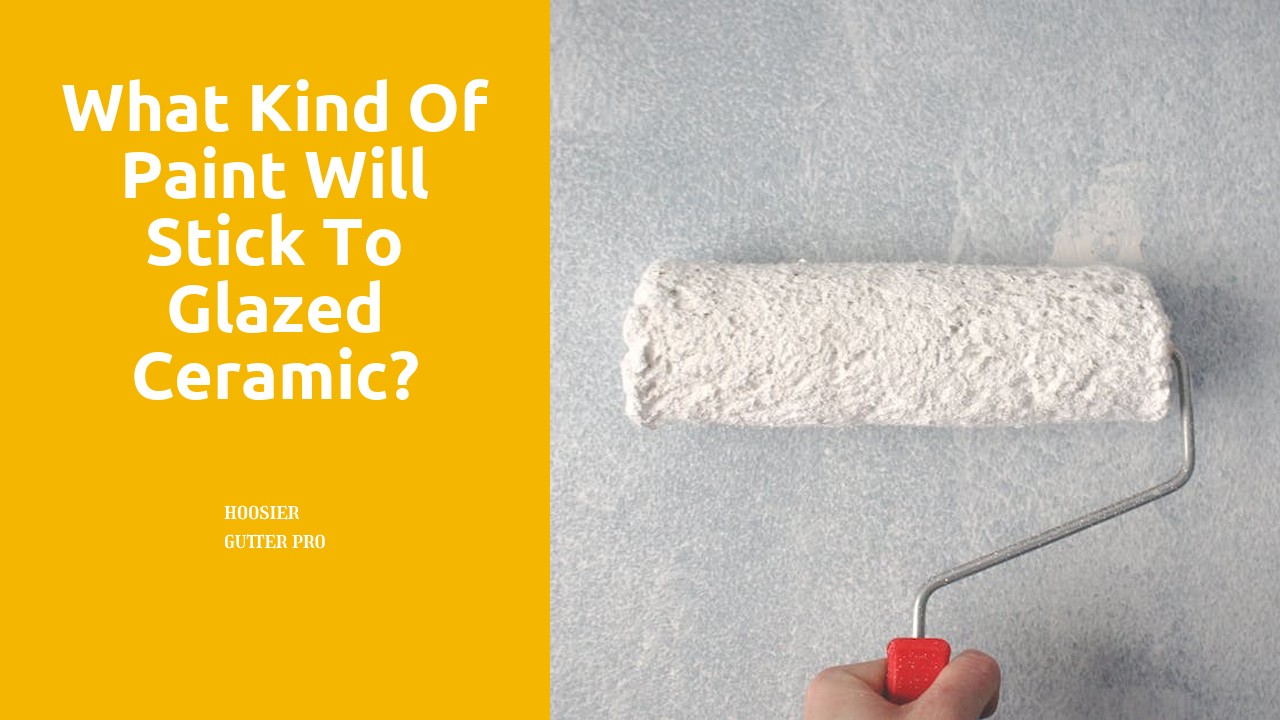
Maintaining Painted Ceramic Surfaces
Maintaining painted ceramic surfaces is crucial for preserving the vibrancy and longevity of the artwork. When Painting in Haldimand, it’s essential to handle the ceramic pieces with care to prevent scratching or chipping of the paint. To keep the surfaces clean, opt for gentle cleaning methods to avoid any damage to the painted layer. Use a soft cloth or sponge with mild soap and water to gently wipe down the ceramic without scrubbing too harshly. This will help remove any dust or dirt buildup without jeopardizing the integrity of the painted surface.
To enhance the durability of ceramic paint, consider adding a protective topcoat. Applying a clear sealant or varnish can provide an extra layer of protection against wear and tear. It can also help prevent the paint from fading or getting damaged by exposure to sunlight or moisture. By taking these precautionary measures when Painting in Haldimand, you can ensure that your painted ceramic surfaces remain vibrant and beautiful for years to come.
Gentle Cleaning Methods to Preserve the Paint
Cleaning painted ceramic surfaces requires a delicate touch to maintain the longevity of the design. To preserve the painted details on your ceramic pieces, start by using a soft cloth or sponge dampened with mild soap and warm water. Avoid abrasive cleaners or scrubbing pads, as they can damage the paint. Gently wipe the surface in a circular motion to remove any dust or dirt buildup without causing harm to the painted finish. Painting in Halton Region demands attention to cleaning methods to keep ceramic artwork looking fresh and vibrant.
For tougher stains or grime, mix a solution of equal parts vinegar and water to tackle the dirt while still being gentle on the painted surface. Dampen a clean cloth with the vinegar solution and gently wipe the affected area, ensuring not to scrub vigorously. Rinse the area with plain water and pat dry with a soft towel. Remember to always test any cleaning solution on a small, inconspicuous area first to ensure it does not damage the painted ceramic. By adopting these gentle cleaning practices, you can maintain the beauty of your painted ceramic pieces for years to come.
Enhancing Durability of Ceramic Paint
To ensure the longevity of painted ceramic surfaces, proper steps must be taken to enhance the durability of the paint. One effective method is the application of a protective topcoat. This layer serves as a shield, safeguarding the paint from potential damage caused by daily use and exposure to various elements. By adding a protective topcoat, not only does the paint receive an extra layer of defense, but it also helps maintain the vibrancy and integrity of the colours used in the ceramic painting process. Painting in Georgetown can benefit significantly from this additional protective measure, prolonging the life of the artwork.
Another way to enhance the durability of ceramic paint is through proper maintenance and cleaning techniques. By using gentle cleaning methods, such as a soft cloth and mild soap, the painted ceramic surface can be preserved without causing damage to the paint. Harsh chemicals and abrasive cleaning tools should be avoided, as they can strip away the paint and compromise its longevity. Through regular and careful cleaning practices, the painted ceramic surface will remain vibrant and intact, showcasing the artistic work done during the painting process in Georgetown.
Benefits of Adding a Protective Topcoat
Adding a protective topcoat to painted ceramic surfaces can significantly enhance their durability and longevity. By applying a clear protective sealant over the painted area, you create a barrier that helps shield the paint from wear and tear due to daily handling and exposure to environmental factors. This topcoat acts as a protective layer, preventing the paint from fading, cracking, or peeling over time, thus preserving the beauty of your ceramic piece. Painting in Haldimand, utilizing a protective topcoat is a wise investment that ensures your painted ceramic items stay vibrant and fresh for years to come. It not only enhances the visual appeal of the painted surface but also provides an added layer of protection against scratches and abrasions. By sealing in the paint underneath, a protective topcoat helps maintain the integrity of the design, allowing you to enjoy your painted ceramic creations for an extended period.
Troubleshooting Common Paint Issues on Ceramic
One common issue that may arise when painting ceramic is peeling or chipping of the paint. This can happen due to improper surface preparation before painting. To address this issue, ensure that the ceramic surface is thoroughly cleaned and dried before applying any paint. Additionally, using a primer specifically designed for slick surfaces like glazed ceramic can help the paint adhere better and minimize the risk of peeling or chipping. Painting in Haldimand requires attention to detail and patience, but addressing these concerns during the pre-painting stage can help prevent these problems.
Another issue that might occur when painting ceramic is bubbling or cracking of the paint after application. This can be caused by using low-quality or incompatible paint types for ceramic surfaces. To troubleshoot this issue, it is essential to use high-quality acrylic or enamel paints that are suitable for ceramic materials. Additionally, allowing each layer of paint to fully dry before applying the next can help prevent bubbling or cracking. Painting in Haldimand needs careful consideration of the materials used and the painting process to ensure a long-lasting finish without these common paint issues.
Solutions for Peeling or Chipping Paint
If you find that the paint on your glazed ceramic is peeling or chipping, don't panic. There are ways to address this issue and restore the beauty of your painted ceramic piece. Firstly, make sure to thoroughly clean the ceramic surface to remove any dirt or debris. Once clean, lightly sand the affected area to create a better surface for the new paint to adhere to. Painting in Haldimand or any region with high humidity might affect how well the paint sticks, so ensuring the area is dry before applying new paint is crucial.
After preparing the surface, choose a high-quality ceramic paint that is specifically designed for use on glazed surfaces. Apply thin, even coats of paint, allowing each layer to dry completely before adding the next. This will help prevent future peeling or chipping. To further protect your newly painted ceramic piece, consider applying a clear protective topcoat once the paint has fully cured. This additional layer will enhance the durability of the paint and make it more resistant to wear and tear.
FAQS
What type of paint is best for painting glazed ceramic surfaces?
Acrylic paint is the most suitable option for painting glazed ceramic surfaces as it adheres well and provides good coverage.
Do I need to prepare the ceramic surface before painting?
Yes, it is important to clean the ceramic surface thoroughly and apply a primer before painting to ensure better adhesion and longevity of the paint.
Can I use spray paint on glazed ceramic?
Yes, spray paint can be used on glazed ceramic surfaces, but it is recommended to choose a paint specifically designed for use on ceramics for best results.
How can I make the painted ceramic surface more durable?
Adding a clear protective topcoat over the painted ceramic surface can enhance its durability and provide additional protection against wear and tear.
What should I do if the paint on my ceramic surface starts to peel or chip?
If you notice peeling or chipping paint on your ceramic surface, gently sand the affected area, touch up with additional paint, and apply a new topcoat to prevent further damage.

